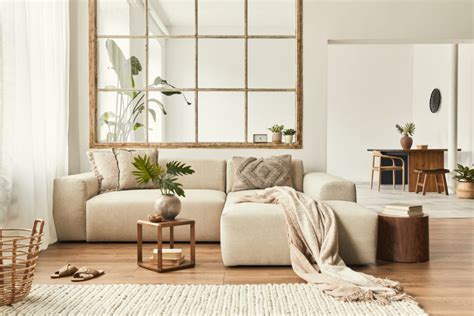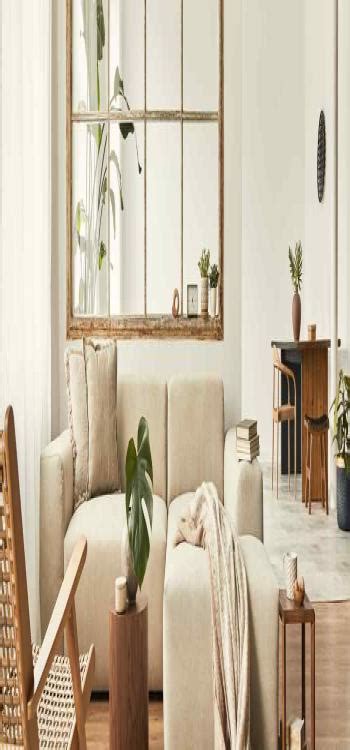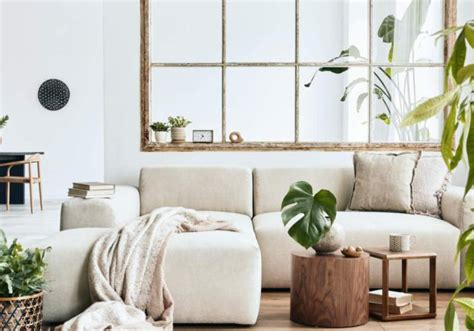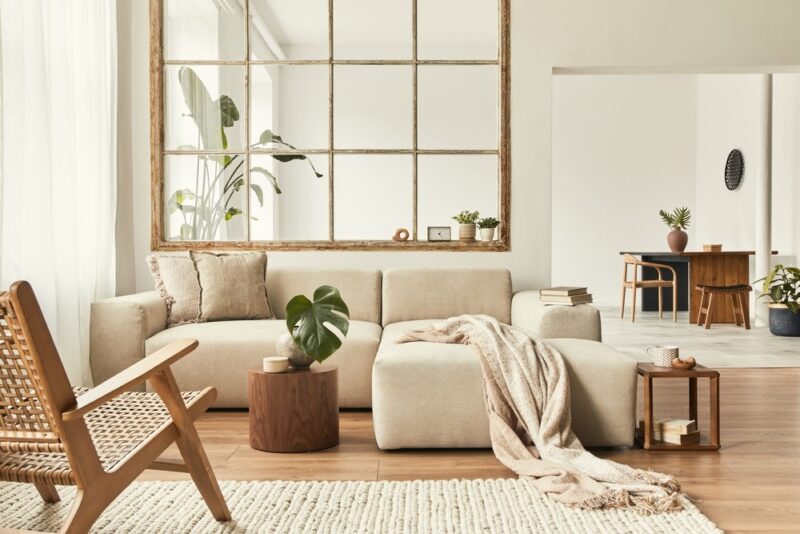Decorating with neutral colors is a timeless and versatile approach that can transform any living space into a calm and inviting environment. Neutrals, such as shades of beige, gray, white, and taupe, provide a perfect backdrop for highlighting furniture, décor, and architectural features without overwhelming the room. This design strategy offers flexibility, allowing you to easily refresh your home by swapping out accessories or adding bold accents. Whether you’re aiming for a modern, minimalist look or a cozy, traditional feel, neutral colors create a harmonious foundation. In this article, we’ll explore the benefits of decorating with neutral tones, offer tips for selecting the right shades, and provide creative ideas to elevate your space.
Join shzow.com for a detailed examination of this topic.
1. Introduction
Neutral colors are a beloved choice in home décor, prized for their versatility and timeless appeal. Whether you envision a cozy, inviting space or a sleek, modern aesthetic, neutral tones provide a solid foundation for diverse styles. These colors—including beige, ivory, gray, and taupe—harmonize seamlessly in any room, creating a soothing backdrop that allows other design elements to take center stage. Neutral palettes offer not only a calming effect but also a sense of spaciousness and cohesion, granting you the flexibility to effortlessly refresh your décor with new textures, patterns, or accent colors. This article delves into the numerous benefits of decorating with neutral colors, from enhancing your home’s overall mood to crafting a balanced and visually pleasing environment. You’ll also uncover practical tips for selecting the ideal neutral tones and learn how to utilize them effectively in various rooms of your home.

2. Benefits of Decorating with Neutral Colors
Neutral colors are a popular choice for decorating, offering numerous benefits to homeowners and interior designers alike. Their versatility is one of their key strengths. Neutral shades like beige, gray, and ivory act as a blank canvas, allowing for easy changes and updates to décor without clashing with the overall color scheme. This flexibility allows for experimentation with bolder accent pieces or patterns without overwhelming the space.
Neutral tones offer a timeless appeal, standing the test of time unlike fleeting trends. Their classic quality ensures enduring style, keeping your home looking fresh for years to come. Furthermore, neutrals foster a calming and soothing ambiance, making them perfect for spaces where relaxation is paramount, such as living rooms or bedrooms.
Neutral colors have a remarkable ability to enlarge and open up rooms. Their light-reflecting properties illuminate the space, creating the impression of greater size. Furthermore, they act as a backdrop, allowing architectural details, artwork, or furniture to shine, resulting in a balanced and harmonious aesthetic in any room.

3. Tips for Choosing Neutral Colors
Choosing neutral colors for your home is about more than just picking a bland shade. It’s about setting the mood. Pay close attention to the undertones of the neutrals you select, as they can dramatically change the feel of a room. Warm undertones in beige or taupe create a cozy atmosphere, while cooler grays or off-whites bring a modern, serene vibe.
For added depth and visual interest, consider layering different shades of neutral colors. Rather than using a single neutral throughout, experiment with lighter and darker tones within the same color family. This creates dimension and prevents the room from appearing flat or monotonous.
Lighting plays a crucial role in selecting neutral colors. Natural and artificial light can influence how a color appears, making it essential to test paint swatches under various lighting conditions. In rooms bathed in sunlight, cooler neutrals can counterbalance the warmth, while in dimly lit spaces, warmer neutrals can create a more welcoming ambiance.
Finally, consider incorporating texture through fabrics, rugs, or decorative accents. Combining smooth, rough, or patterned textures can enrich a neutral color scheme, making the room feel both sophisticated and lively.

4. How to Use Neutral Colors in Different Rooms
Neutral colors are incredibly versatile, seamlessly adapting to the unique needs and ambiance of different rooms in your home. In living rooms, light gray or beige hues create a welcoming and airy atmosphere, making the space ideal for both relaxation and entertaining. Adding textured fabrics, like cushions and rugs, or incorporating warm wooden furniture can infuse the design with visual interest and a touch of warmth.
Bedrooms, adorned with soft, soothing neutrals like ivory, cream, or pale gray, can foster relaxation and a peaceful environment. Layering different shades of neutrals on bedding, curtains, and wall colors enhances the calm, cozy ambiance.
Neutral tones are a versatile choice for kitchens, complementing both modern and classic styles. White or light gray cabinets, paired with natural stone countertops, create a clean and fresh aesthetic. Adding metallic accents, such as brass fixtures or stainless steel appliances, injects visual interest and elevates the design.
Light neutrals, like soft beige or white, are ideal for bathrooms. These colors can make small spaces appear larger, while also creating a spa-like, serene atmosphere.
5. Adding Texture and Patterns to Neutral Color Schemes
Neutral color schemes, while calming and versatile, can sometimes lack visual excitement. Introducing texture and pattern into these schemes, however, can instantly transform a room. By layering various textures, such as plush wool throws, luxurious velvet cushions, and textured rugs, you can create a dynamic interplay of light and shadow, adding depth and richness to the space. This prevents the room from feeling flat or monotonous, and instead infuses it with a sense of warmth and character.
Patterns can also be instrumental in breathing life into a neutral color scheme. Consider incorporating patterned elements through wallpaper, fabrics, or artwork. Subtle patterns, such as geometric shapes or delicate floral designs, can introduce complexity without overwhelming the space. Stripes or chevrons in a monochromatic scheme can add a modern touch, while classic patterns like herringbone or damask offer a more traditional feel.
Employing diverse finishes on surfaces, such as matte, glossy, or textured paint, presents another effective technique. This method generates a layered aesthetic, infusing sophistication and visual intrigue into your neutral color scheme. Thoughtful integration of textures and patterns can elevate a neutral space, transforming it into an engaging and meticulously designed environment.
6. Incorporating Accent Colors
Adding accent colors to a neutral color scheme is a great way to bring personality and energy into your space without losing its balanced feel. Accent colors act like spotlights, complementing the neutral background and creating focal points that add visual interest. To start, choose one or two accent colors that match the overall theme and mood you’re going for. You can introduce these colors through elements like cushions, rugs, artwork, or decorative objects.
Accent colors play a key role in setting the mood of a space. For a calming ambiance, soft, muted tones like pastel blues or greens are ideal. If you desire a more energetic feel, bold colors like navy blue, emerald green, or deep red can create a striking impact. Remember to use accent colors sparingly to avoid overwhelming the room. A good rule of thumb is to incorporate the accent color in at least three different locations throughout the space to ensure visual cohesion.
Accent colors can be incorporated through textiles, such as throw blankets or curtains, and smaller accessories, like vases or picture frames. This approach enables effortless updates to the room’s appearance by simply exchanging accent pieces as trends or personal preferences evolve.
7. Conclusion
Neutral colors offer a versatile and timeless approach to decorating, creating a harmonious and inviting home environment. The advantages of neutral tones are evident: they provide a calming backdrop, make spaces appear larger, and allow for easy updates with accessories and accent colors. By carefully selecting neutral shades with the right undertones and layering different hues, you can enhance the depth and dimension of any room.
Neutral color schemes can be elevated by incorporating texture and patterns, adding visual interest and preventing monotony. Thoughtfully introducing accent colors injects personality and vibrancy, making your decor uniquely your own while preserving a cohesive look.
A neutral color palette serves as a versatile foundation, offering countless opportunities to personalize your home, effortlessly adapt to evolving trends, and cultivate a balanced, visually appealing environment. Embrace the flexibility of neutrals to craft a space that exudes timeless elegance while reflecting your unique style.
shzow.com
